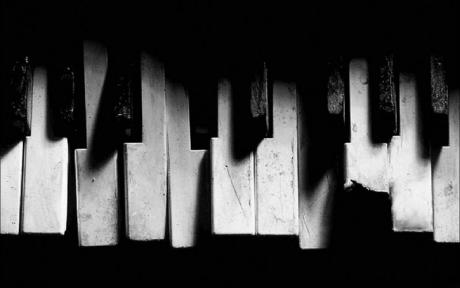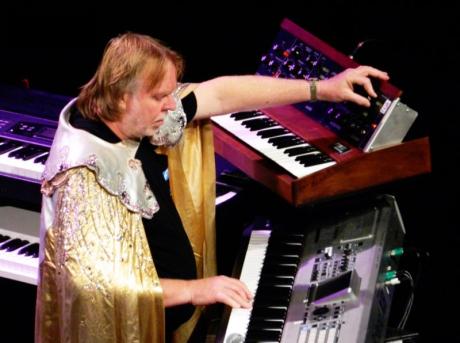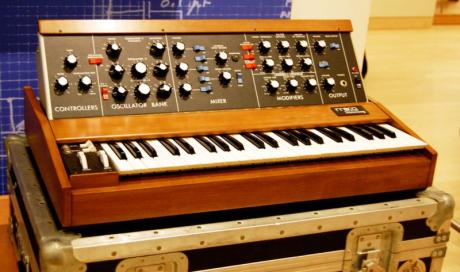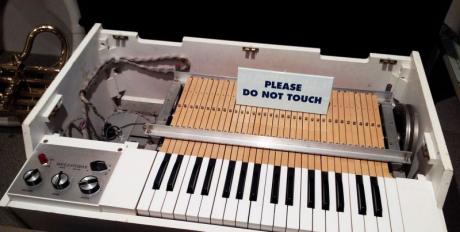Rockové klávesy - Legendární klávesové zvuky! Yes: Close to Edge, část první
Greetings, readers. This month I wanted to talk about my favorite album for classic keyboard sounds and how you can get these sounds on your own rig with just a few keyboards. Drum roll, please... Close to the Edge by the progressive rock band, Yes, is my favorite album for classic keyboards. Even 45 years after being recorded, Rick Wakeman’s epic keyboard parts are a blueprint for rock keyboardists everywhere.The band had just been on tour for six months right before they recorded this classic album in 1972. Vocalist, Jon Anderson, has said that the album °

was inspired by the Buddhist mysticism in Hermann Hesse's book, Siddhartha. I’m going to go track by track to talk about what I think are the most important keyboard sounds. I’ll give time markings so you can follow along with the album at home. At the end of the article, I’ll give you some ideas of how to get these sounds on your own rig.
1. Tape sounds 0:08
The first sounds we hear aren’t even synth sounds at all. They are Jon Anderson’s “environmental tapes”. These are field recordings of birds and other atmospheric sounds that were used by the band to set a dreamy back drop as the track builds into a blistering guitar solo mixed with sparkling synth loops. These days, there are
tons of software synths and apps that can be used as mini samplers to get the same effect. If you want to add your own atmospheres to your music just like Jon Anderson, it’s now easily accomplished. One of my favorite apps for this purpose is called Launchpad by Ampify and Novation. You get tons of free samples with the app and for a very small fee you can upload your own samples.
2. Pipe organ 12:13
On the third movement of Close to the Edge, I Get Up, I Get Down, Wakeman makes a majestic entrance on the St. Giles Cripplegate church organ at 12:13. Pipe organ is such a different vibe than the Hammond B3 which we will talk about later. This organ has a very slow attack and lots of reverb which sounds
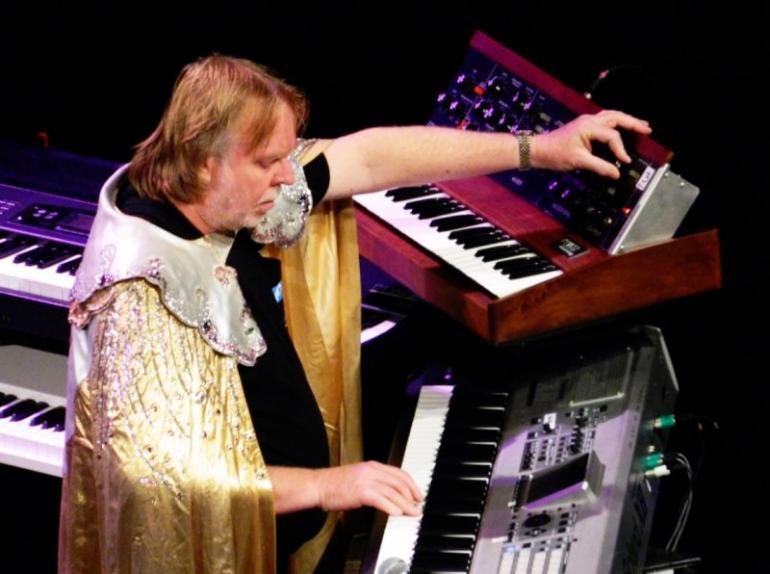
great for the hypnotic chord progression of the piece. By contrast, the Hammond organ has a very fast attack, usually with percussion and distortion, which adds to the immediacy of the sound. It’s a great device to play these very different organ textures off each

other within one tune. Most modern synths have great samples of church organs and Hammond organs. Cycle through the presets and write the pipe organ right before the B3 patch for fast switching during performance.
3. Mellotron 22:30
In the second movement of And You and I, Eclipse, we get to hear a lot of an interesting instrument called the Mellotron. This instrument, first built in 1963 in Birmingham, England, works by a magnetic tape moving across a head which is amplified. The tapes are “played” by a conventional keyboard. Different

portions of the tape can be played to simulate strings, brass and flutes. In a way, you could say that the Mellotron was the first sampling keyboard. Wakeman’s parts with the quirky instrument add tremendous depth to the tune and are the perfect buffer for the fantastic prog fugues that follow. Modern software samplers have incredible versions off all of these Mellotron patches and provide a cool contrasting lofi flavor to a pristine modern keyboard rig.
